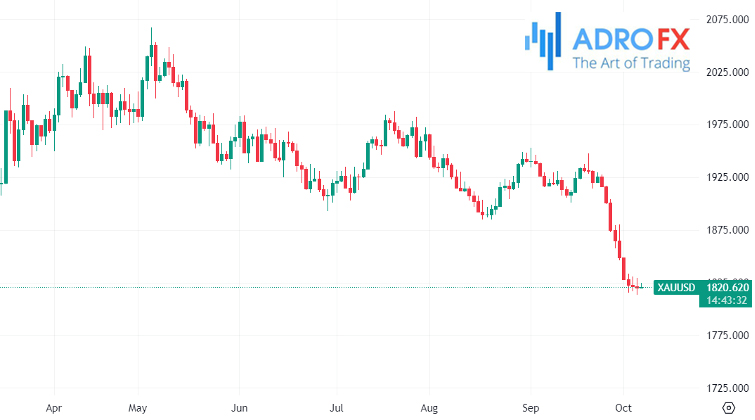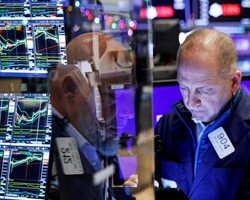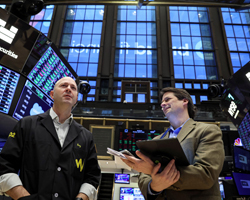US Stocks Hold Steady as Investors Await Jobs Report and Assess Interest Rate Trends | Daily Market Analysis
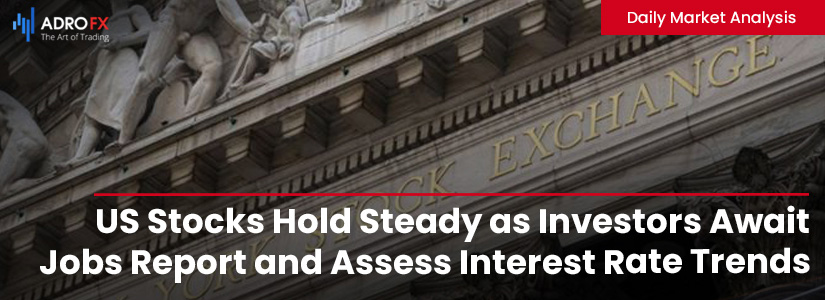
Key events:
- USA - Average Hourly Earnings (MoM) (Sep)
- USA - Nonfarm Payrolls (Sep)
- USA - Unemployment Rate (Sep)
US stocks experienced a modest decline on Thursday, rebounding from earlier session lows, as investors awaited the monthly jobs report and sought insights into future interest rate trends. The S&P 500 managed to hold above its 200-day moving average, currently fluctuating around 4,206.
Bond selling has remained subdued on Friday, but this respite may be short-lived. Tokyo's Nikkei remained stable, and currency markets followed suit, even though the relentless bond selloff has pushed the dollar.
Ten-year US Treasury yields held steady at 4.72% during the Asian session, but this comes after a five-week selloff that has shaken bond markets and investor appetite for risk worldwide.
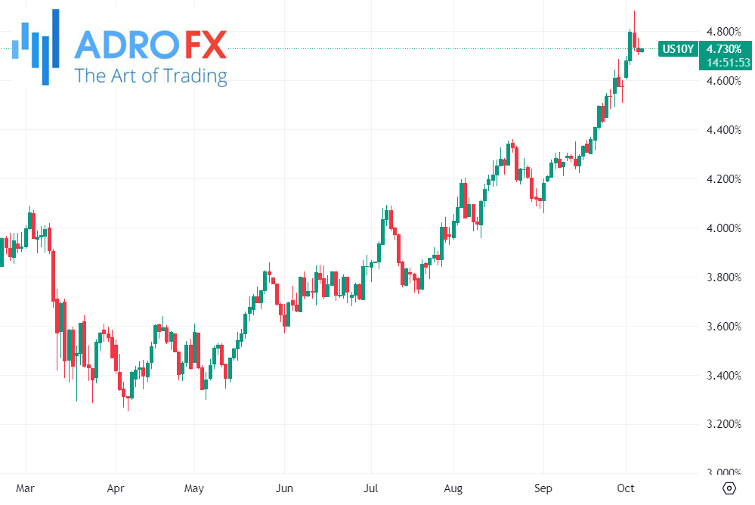
San Francisco Fed Bank President Mary Daly mentioned during an address at the Economic Club of New York that US monetary policy has entered a "restrictive" phase, and considering the recent increase in US Treasury yields, there may not be a need for further rate hikes.
Investors are eagerly anticipating the start of third-quarter earnings reports later this month, with S&P 500 companies expected to report a 1.6% year-over-year increase in earnings for the quarter.
The Dow Jones Industrial Average declined by 9.98 points, or 0.03%, while the S&P 500 lost 5.56 points, or 0.13%, and the Nasdaq Composite dropped 16.18 points, or 0.12%.

Tesla, led by Elon Musk, made headlines by reducing the prices of its Model 3 and Model Y vehicles in the US by approximately 2.7% to 4.2%, according to the company's website. This move follows a similar price reduction for its premium Model S and Model X cars just a month ago.
Tesla's aggressive price cuts in 2023 are aimed at offsetting the challenges posed by a slowing electric vehicle (EV) market and increased competition from both new entrants and established players. Notably, the standard Model 3's price has decreased by about 17% since the beginning of the year, while the Model Y long-range variant saw a reduction of over 26%.

These price adjustments come as Tesla plans to introduce a refreshed and higher-priced standard version of the Model 3 in the fourth quarter. The company recently reported lower-than-expected third-quarter delivery figures, citing production halts due to planned factory upgrades for the newer Model 3 version.
The US labor market is displaying resilience, which supports the overall economic demand, raising the possibility of the Federal Reserve raising rates again before the year ends. While many economists believe the Fed is done raising rates, it is expected to maintain a tight monetary policy for an extended period.
The eagerly anticipated Labor Department employment report for September is likely to show a moderate slowdown in job growth while the unemployment rate edges lower from its recent high. Wage gains are also expected to remain elevated, underscoring the ongoing strength of the labor market.
Some economists anticipate that the payroll numbers may exceed expectations, pointing to a drop in first-time unemployment benefit applications in September and a more favorable seasonal adjustment factor.
Despite the fluctuations, the US labor market is a driving force in sustaining the economy, with third-quarter growth estimates reaching as high as a 4.9% annualized pace, well above what the Fed considers a non-inflationary rate.
While another round of bond selling could boost the dollar's ongoing winning streak, particularly against the euro, the yen has shown some resilience amid speculation of potential intervention.

The dollar index has notched up 12 consecutive weeks of gains, with the euro near an 11-month low and sterling close to a seven-month trough.
Japanese authorities have denied intervening in currency markets despite a sudden yen jump during London trading hours earlier in the week, leaving traders cautious.
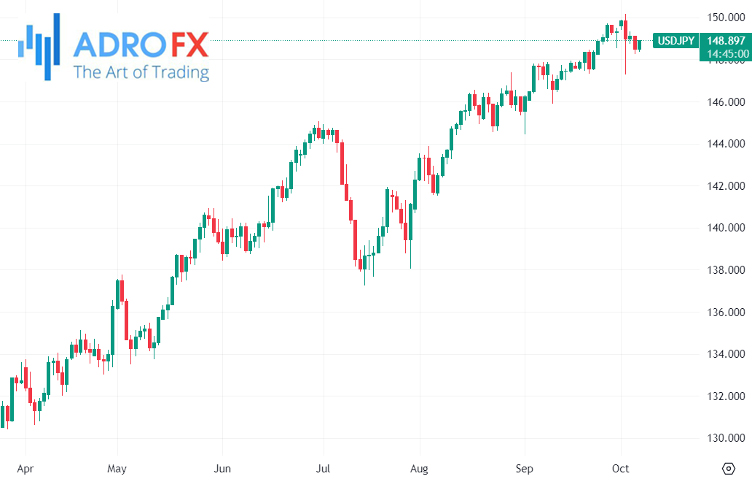
The yen currently remains stable at 148.5 per dollar, while gold, after nine consecutive days of losses driven by rising bond yields, is also holding steady at $1,820 per ounce.
